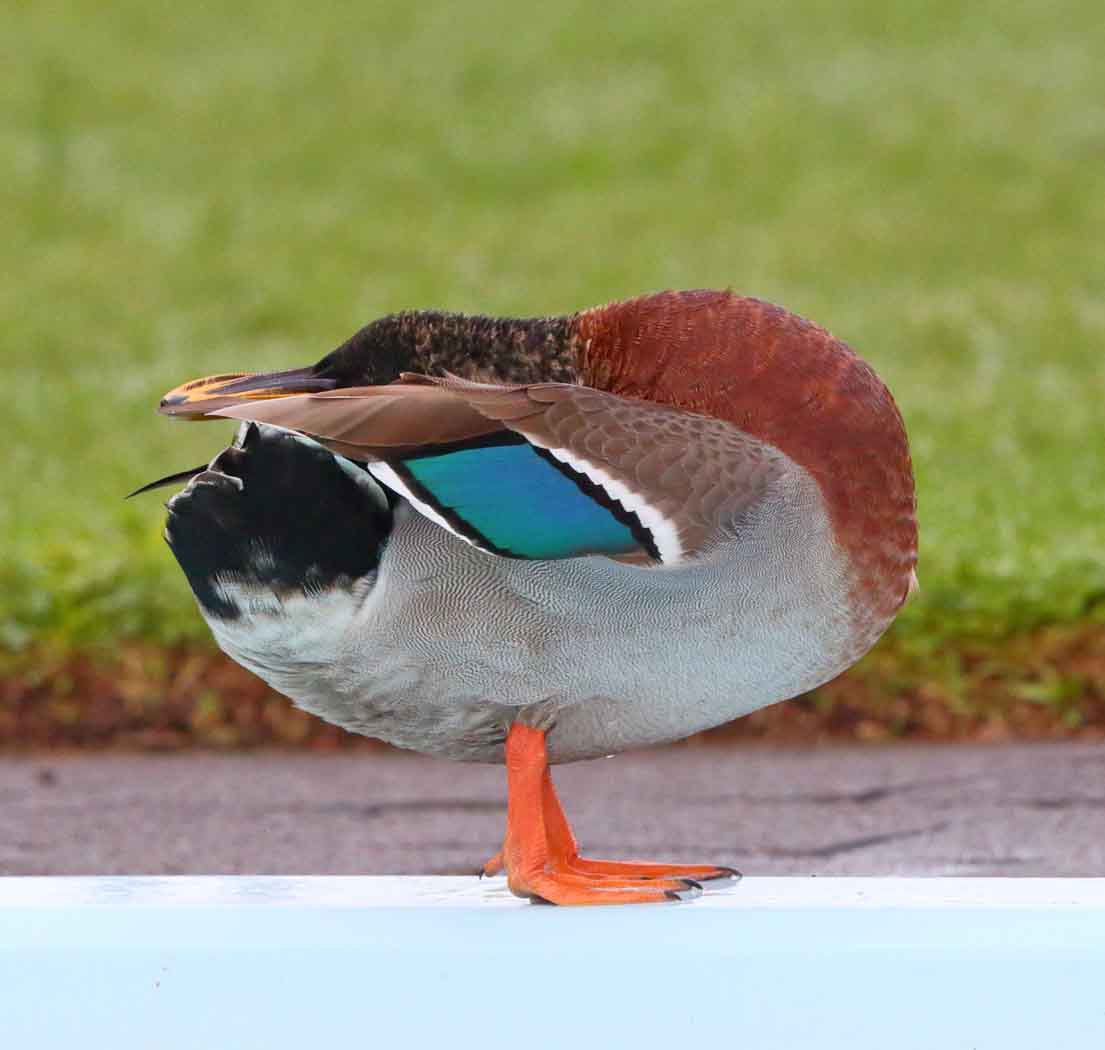|
Hi everyone
In New Zealand the same three options exist with the proviso that it is now difficult to find non hybrid Anas superciliosa called 'Grey Duck' in New Zealand. The attached image of a male (taken in Taupo) contains at least three characters that show it is
definitely not a pure Northern Mallard.
regards
Con
On 5/26/2017 5:08 AM, sandra henderson wrote:
The notes under Mallard in COG's annual bird report (Canberra Bird Notes 42(1)) say true Northern Mallard has never been reported in this region, which is why I always put them in as domestic type birds. It also indicates the general confusion, speculating
on the fact that records with Mallard, mallard (domestic), and Mallard/black duck hybrids are probably all reporting the same birds.
Sandra h
On Friday, 26 May 2017, Martin Butterfield < m("gmail.com","martinflab");">> wrote:
David
That is quite helpful in sorting out hybrids from Pacific Black Ducks.
However the main issue of concern at West Belconnen is why are some of the males not wild Mallards. What is needed is a key to tell the difference between a wild Mallard and a domesticated one. At present it seems to come down to "an authority has said so"
which is not particularly satisfactory.
Martin
|
Attachment:

Description: _P3A0431 a BLP 1400 minimum.jpg
 ATT00001.txt
ATT00001.txt
Description: ATT00001.txt
|

